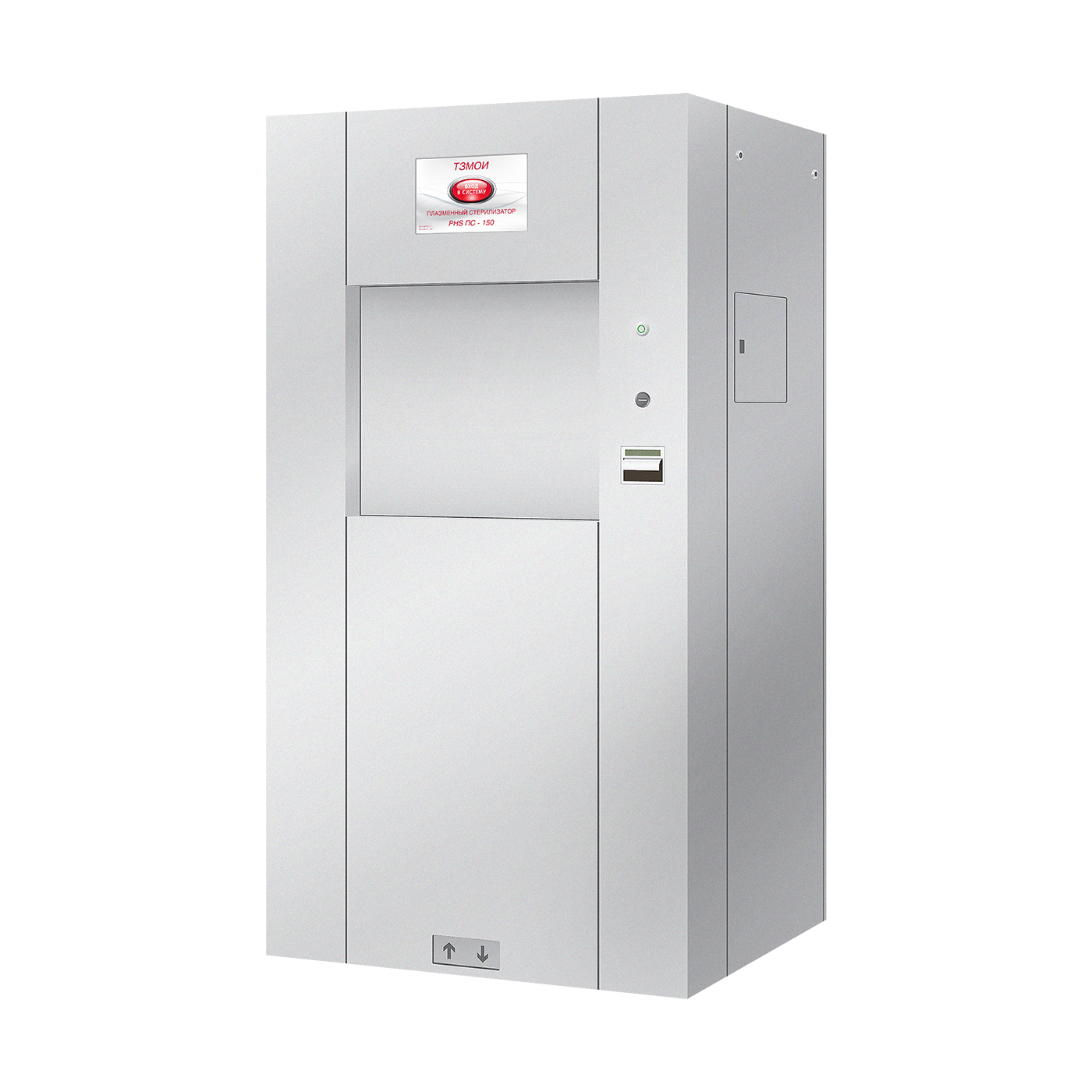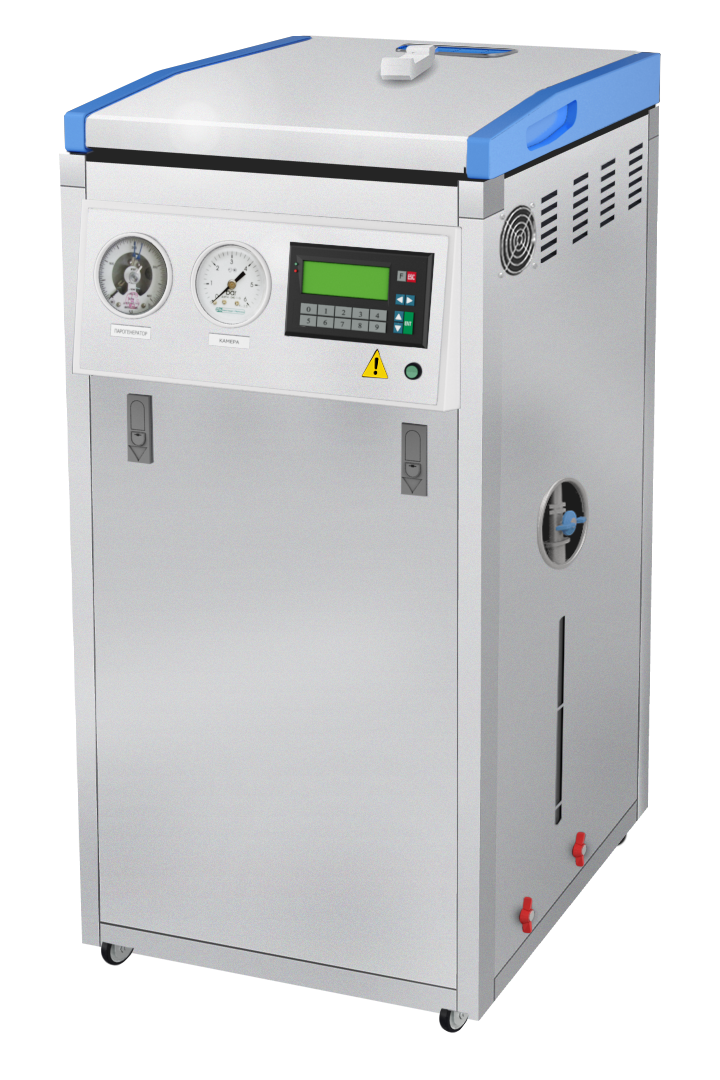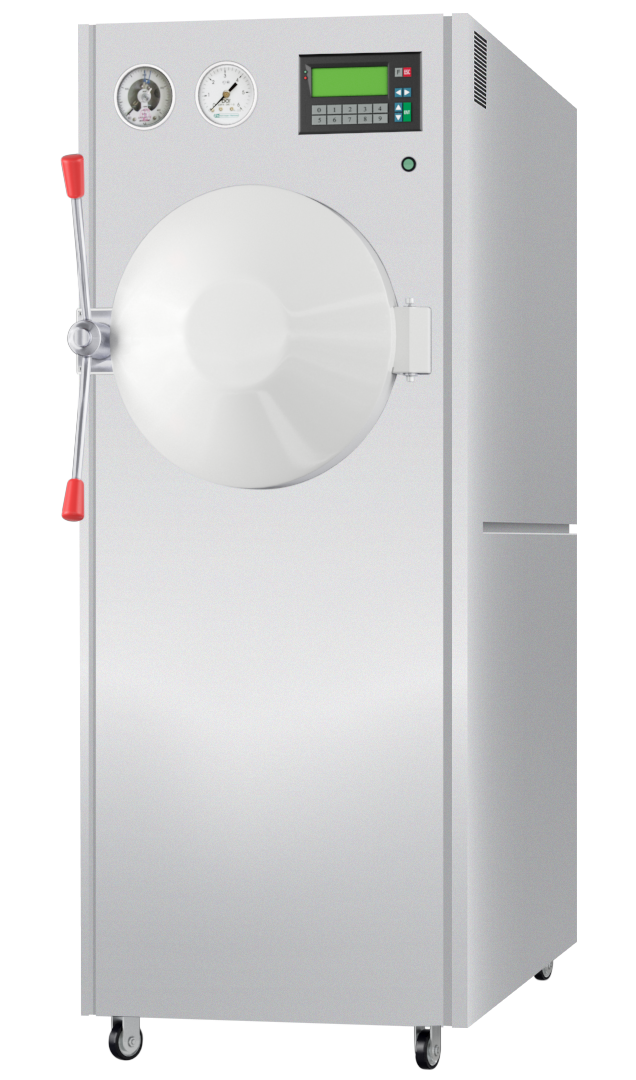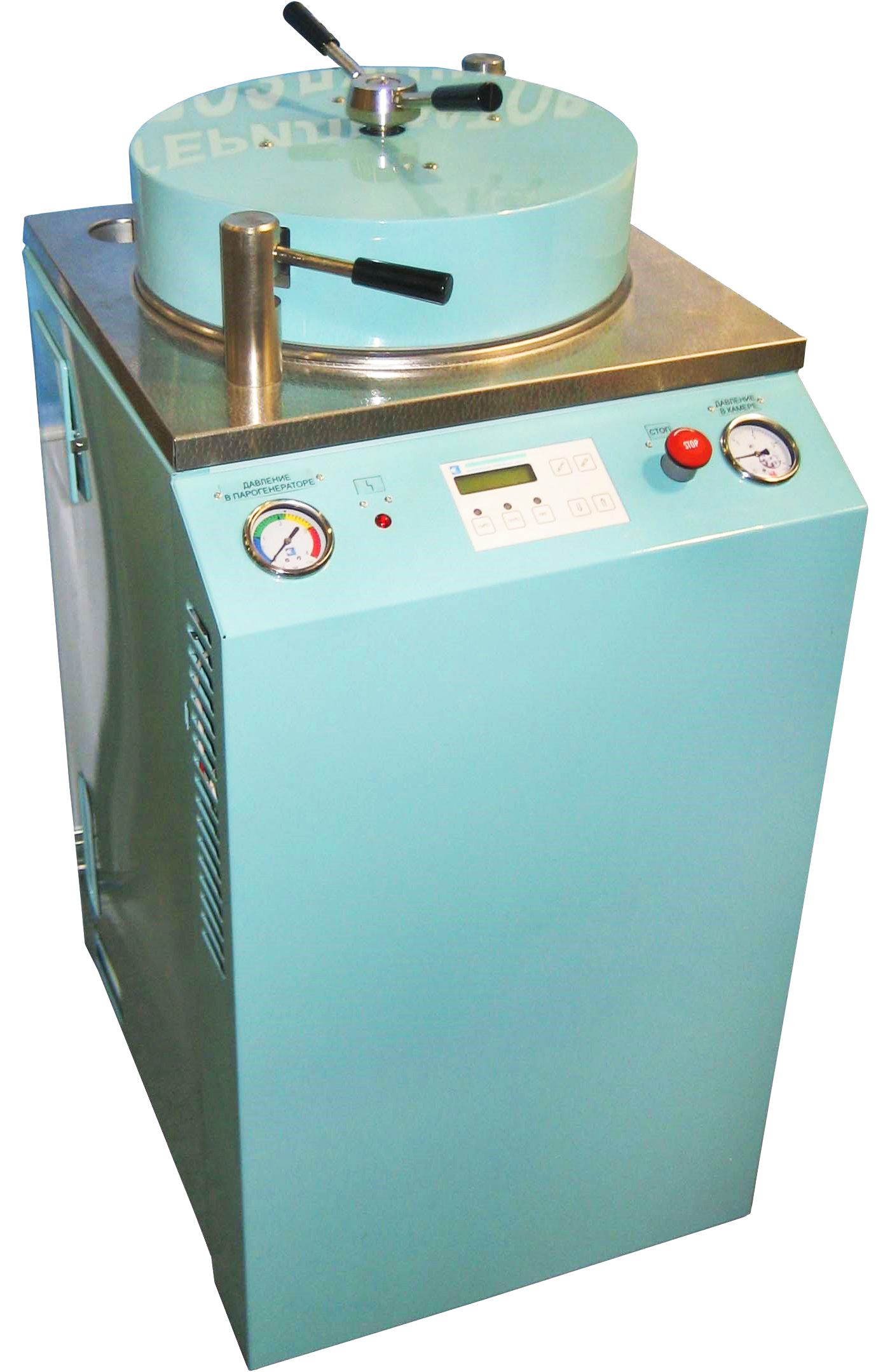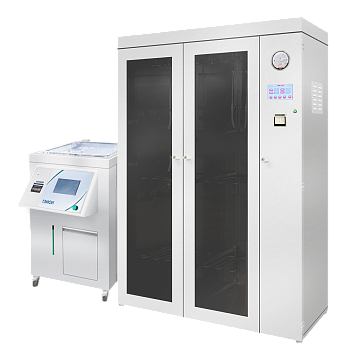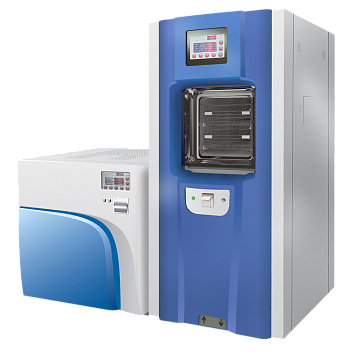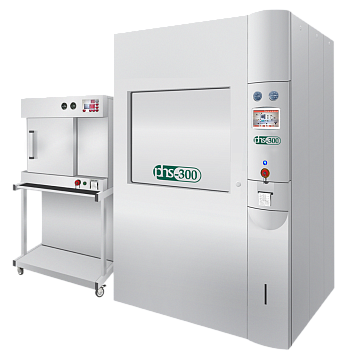Sterilizers
Sterilization (sometimes decontamination) is a complete destruction of microorganisms (including bacteria, fungi, viruses and prions) and their spores on various products, surfaces and drugs. The principle of asepsis implies the exclusion of patient contact with surfaces contaminated with opportunistic or even pathogenic microbiota. For this purpose, scalpels, needles and other surgical tools were sterilized.
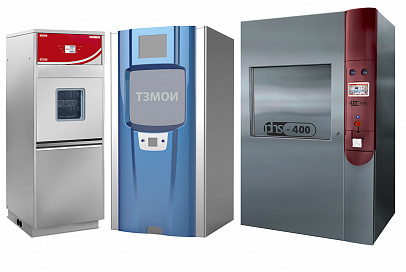
The following are subject to mandatory sterilization:
-
objects contacting the surface of wounds, blood or injectable drugs
-
diagnostic equipment that contacts mucous membranes and can damage them.
There are three main stages of sterilization:
-
disinfection
-
pre-sterilization cleaning
-
sterilization
Sterilization is achieved through the use of thermal, chemical or radioactive treatments.
The quality of sterilization largely depends on the contact of the sterilizing agent with the surface of tools sterilized. The choice of an agent depends on the instrument to be sterilized.
The sterilization process takes place in a special device called a sterilizer.
Sterilization methods
1) Thermal sterilization method
- Steam sterilization (autoclaving)
Heat treatment kills living organisms. This process is accelerated with the addition of moisture, but regular steam is not sufficient for sterilization. A pressure higher than atmospheric pressure is required, which will increase the steam temperature for thermal destruction of microbial life. The steam under pressure causes denaturation and coagulation of the protein and its enzymes in the cells.
The device in which steam sterilization takes place is called an autoclave. The entire autoclave sterilization cycle may take 15 to 60 minutes, depending on the pressure, temperature and material of the tools sterilized.
Autoclaving is suitable for items that tolerate humidity, high pressure (from 1 to 3.5 atmospheres above ambient temperature), and high temperatures (from + 121 to + 148 °C). For example, surgical tools.
An excellent representative of steam sterilization equipment is Statim series of autoclaves. Compact cassette sterilizers extend the life of fragile tools.
- Air sterilization (dry oven)
Dry heat in the form of hot air is mainly used to sterilize objects based on anhydrous oils, petroleum products and powders, which cannot be sterilized by steam and gas. Microbial organisms die because of oxidation and the slow process of burning protein in cells. In the absence of moisture, higher temperatures are required during sterilization.
- Microwave sterilization
Under the influence of non-ionizing radiation microwaves, hyperthermal conditions are created, which disrupt the life processes of microorganisms. The cycle temperature is lower than with steam sterilization. The cycle time is much shorter – 30 seconds. Metal tools can be sterilized by placing them under partial vacuum in a glass container. This type of sterilizer is ideal for small volumes of sterilization.
2) Chemical method of sterilization
- Gas sterilization
Ethylene oxide. The main sterilization cycle consists of five steps and takes approximately 2.5 hours, excluding the aeration time. The gas enters into a chemical reaction with amino acids, proteins, DNA and prevents the multiplication of microbial organisms.
This sterilization method is suitable for items that cannot withstand high temperature and humidity as required for steam sterilization. Due to low temperature conditions (+ 30 to + 60 °C), this sterilization method is well suited for medical devices with integrated electronics. The disadvantage of this method is that it is highly flammable.
Formaldehyde. Gas kills microorganisms by coagulating protein in cells. This sterilization method is complex and less effective than other sterilization methods. Its use for sterilization has been largely abandoned in the United States, Canada and Australia, but it is still used in some countries of Europe and Asia.
Plasma is a state of matter other than a solid, liquid, or gaseous state. This condition is achieved by creating a strong electric or magnetic field. Free radicals of hydrogen peroxide interact with cell membranes, enzymes, nucleic acids and disrupt the vital functions of microorganisms.
The main plasma sterilization cycle consists of four stages (vacuum creation, H2O2 injection, diffusion, plasma discharge). The process takes 1 to 3 hours.
This sterilization method is suitable for objects that cannot withstand high temperature and humidity as required for steam sterilization.
- Ozone sterilization
Ozone is a form of oxygen. The sterilization process occurs through oxidation and destruction of organic and inorganic substances. Ozone penetrates the cell membrane, causing it to burst. Ozone is an unstable gas but can be easily generated from oxygen. Cycle times are up to 60 minutes depending on chamber size or load.
3) Radiation sterilization method
It is the most effective sterilization method, but is limited to commercial use only.
Ionizing radiation produces ions that knock electrons out of atoms. These electrons hit an adjacent atom and either attach or knock an electron out of the second atom. Ionic energy is converted into thermal and chemical energy. This energy causes the death of microorganisms by destroying the DNA molecule, which prevents cell division and the spread of biological life. The main sources of ionizing radiation are beta particles and gamma rays.
4) Membrane filter method is used to obtain a small amount of sterile solutions, the quality of which may deteriorate sharply with other sterilization methods (bacteriophage, selective culture media, antibiotics)
Each sterilization method has its own characteristics. When choosing a method, possible side effects should be considered, especially when it comes to sterilizing various electronic devices.
For more detailed information about the equipment, you can contact us using any of the methods specified in the "Contacts"



